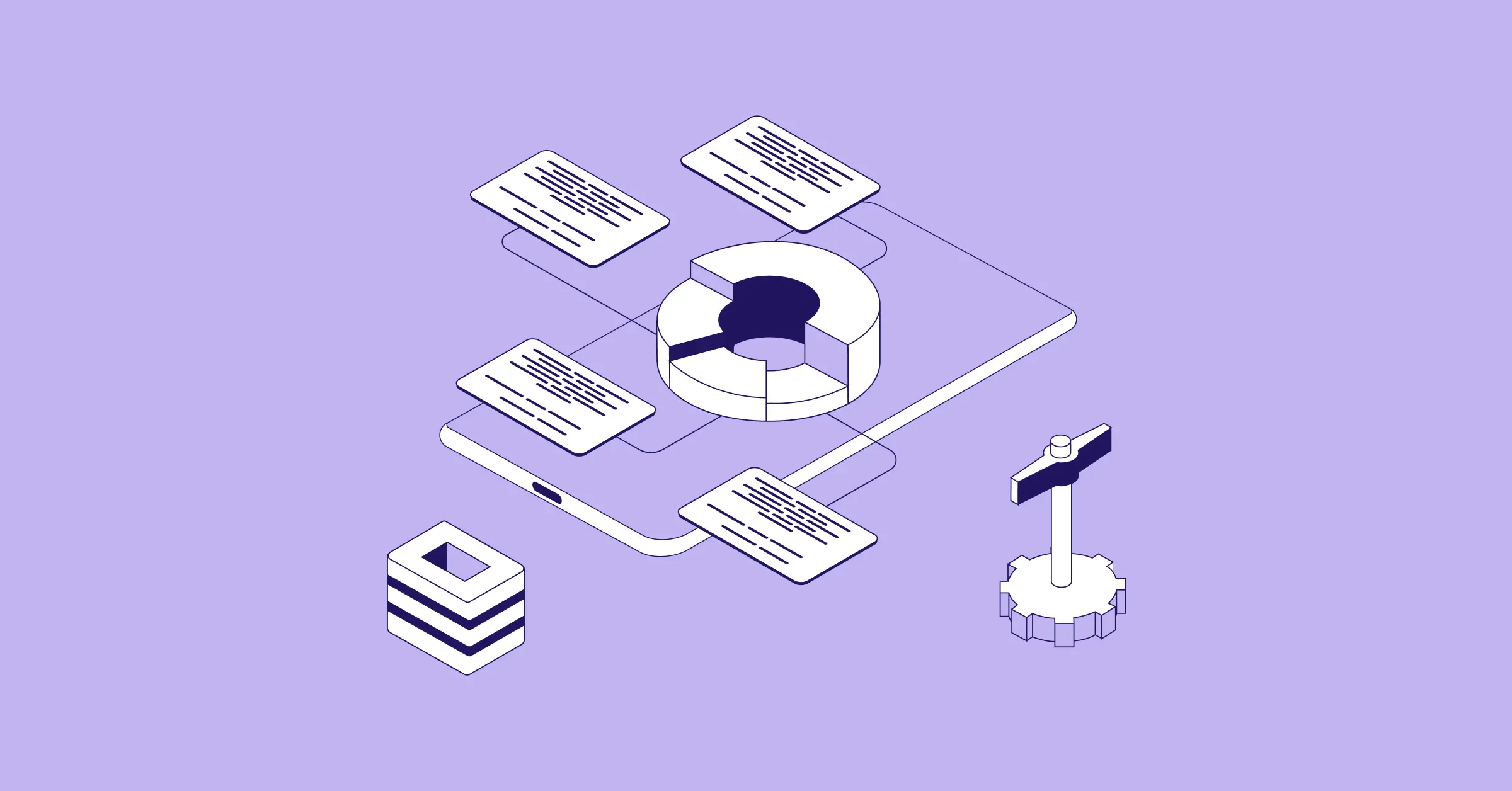November 07, 2022
ACH Debit vs. ACH Credit – What’s the difference?

Sign up for our newsletter
Stay informed with the latest trends and best practices in finance and procurement.

These days, payments between businesses and friends go through digital, cash-free alternatives, such as Venmo, rather than hard cash. Despite the widespread usage of such digital options, many do not know ACH is behind the transfer between bank accounts.
ACH, which stands for National Automated Clearing House, is a banking network that coordinates payments between bank accounts. The ACH Network is exclusively responsible for electronic fund transfers in the United States, with over $50 trillion handled in 2018. Transfers performed through ACH can be broken down into two distinct categories - ACH Credit and ACH Debit.
Though we will explore the differences between the two in greater detail below, ACH debit occurs when the sender permits the receiver to take money from their account. ACH credit differs from debit in that the sender actively initiates transfer to the receiver.
This article will cover the following topics:
- Is ACH Debit or Credit right for your business?
- What is ACH Debit, and how does it work?
- What is ACH Credit, and how does it work?
- How long do ACH debit and credit transfers take?
- Types of ACH Debit
- ACH Credit vs. ACH Debit
Is ACH Debit or Credit right for your business?
Like with just about every other service on the planet, just because you can do something does not necessarily mean you should. ACH is no exception in that you need to do what’s right for your business above all else. So, though we cannot answer the question of whether ACH Debit or Credit is right for your business, we can give you the tools to do so yourself:
- ACH requires a US bank account
- ACH allows for recurring/scheduled transfers
- ACH can facilitate bill payment submissions
- ACH does not support international payments
- ACH doesn’t allow businesses to accrue reward points
- ACH is cheaper than domestic wire transfers
What is ACH Debit, and how does it work?
- ACH debit is a form of ACH, which stands for Automated Clearing House.
- The ACH debit transfer defines itself by its pull-based functionality.
- ACH debit works when the paying entity consents to the recipient taking funds directly from their account.
- ACH debit occurs in the context of payments & transfers whenever triggered by the recipient. For example, ACH debit is common in the context of automatic bill pay systems.
What is ACH Credit, and how does it work?
- ACH credit is an ACH, or Automated Clearing House transfer initiated by the paying entity rather than by the recipient.
- ACH credit distinguishes itself through its push-based functionality, by which the payer may transfer funds into the recipient's bank account at their discretion.
- The payer can utilize ACH credit to pay bills and initiate transfers directly from the payer's bank account to the recipient's.
How long do ACH debit and credit transfers take?
As the saying goes, there are no guarantees in baseball. The same is true for ACH debit and credit transfers. Though ACH can provide a timeframe, they are unable to provide an exact transfer date or time. The average time breakdown for ACH Credit and Debit is as follows:
- ACH credit transfers, typically, go through between one and two days
- ACH debit transfers take slightly longer than those of ACH credit. They usually take between three and six days to go through.
Types of ACH Debit
Though ACH Debit essentially boils down to its pull-based functionality, it acts as an umbrella term supporting many debit types. While each debit payment type comes equipped with a Standard Entry Class (SEC) code, they generally fall into two use case categories; One-Off Payments & Recurring Payments.
1. One-Off Payments
One-off ACH debit payments operate as solitary transactions. The variants that fall under this designation represent all possible ACH debit transactions. They include the following 14 types:
- Accounts Receivable Conversion (ARC)
- Back Office Conversion (BOC)
- Cash Concentration or Disbursement (CCD)
- Corporate Trade Exchange (CTX)
- International ACH Transaction (IAT)
- Point of Sale (POS)
- Point of Purchase (POP)
- Prearranged Payment and Deposits (PPD)
- Prearranged Payment and Deposits (PPD)
- Re-presented Check Entry (RCK)
- Internet Initiated Entry (WEB)
- Check Truncation (TRX)
- Telephone Initiated Entry (TEL)
- Shared Network Transaction (SHR)
2. Recurring Payments
Although ACH Debit types can universally perform for one-off payments, only a few can perform recurring payments. These recurring payment types include the following three variants:
- Internet Initiated Entry (WEB)
- Telephone Initiated Entry (TEL)
- Prearranged Payment and Deposits (PPD)
WEB and TEL are ACH Debit transactions that have been initiated via the internet or over the phone. Meanwhile, PPD transactions come about when the customer authorizes a payment through hard-copy paper-based consent.
ACH Credit, ACH Debit, and PayEm
Primarily, ACH transfers and the difference between debit and credit come down to a need for push vs. pull transactions. In that context, it comes down less to a matter of choice, but instead to the necessity of a given circumstance, whether it be for payroll, point of sale, or even transfers to your Venmo account.
In the day-to-day financial life of your organization, you may encounter ACH Credit & ACH Debit transfers frequently. For those transfers and beyond, PayEm is here to modernize your efforts. With its connected financial platform, you can manage your incoming and outgoing payments in real-time. For more information, to schedule a demo, or even just to chat about how ACH and PayEm intersect, visit us here.


